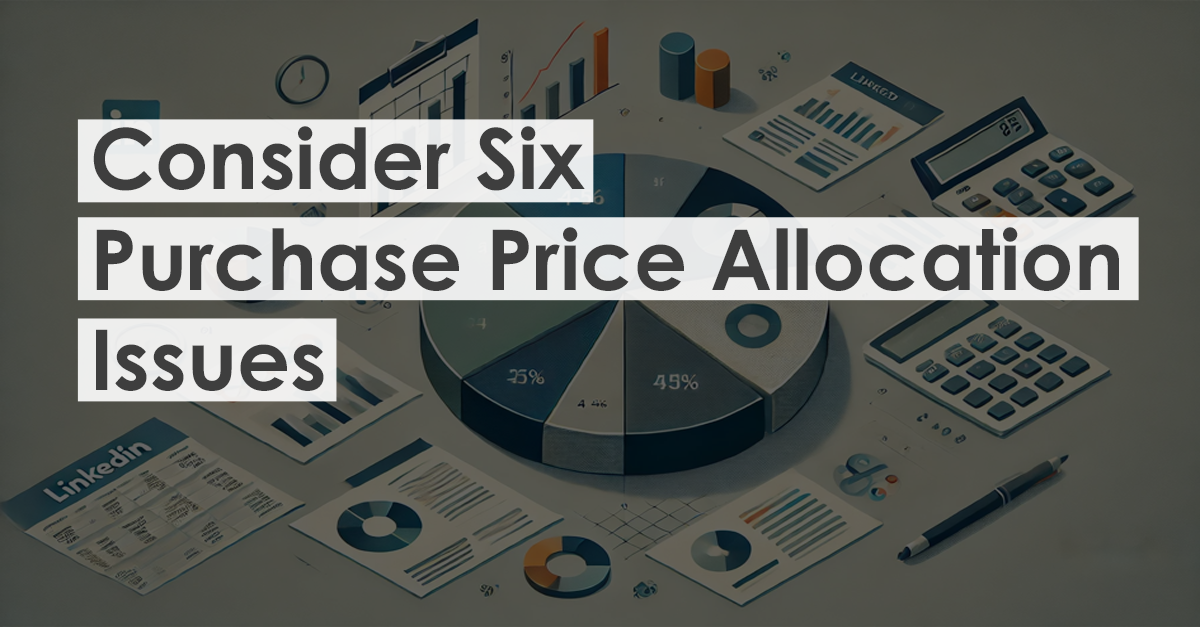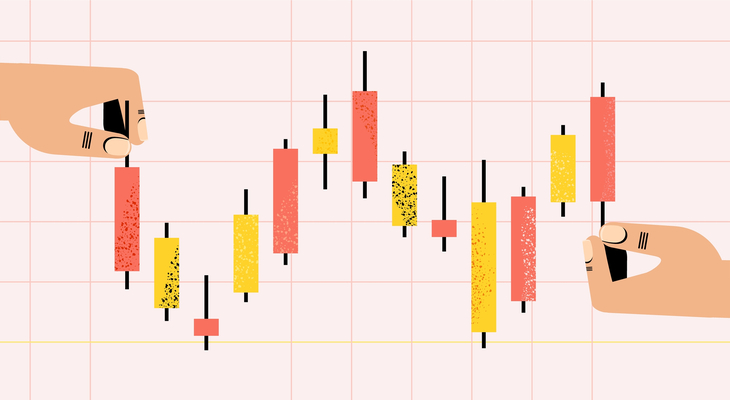
Economic rate of return is a key concept in financial management and valuations. It is a single measure that represents all of the following:
i) the discount rate used in present value calculation
ii) the expected rate of return
iii) opportunity cost.
For example, a business opportunity may have a 20% expected rate of return. The same 20% rate should be used as the discount rate to measure the present value of future cash flows. And it is the benchmark that will be used to measure the ultimate success of the opportunity.
Discount Rate
The income approach in valuation is fundamental because it links the value of an asset or a business to its future payout. The link between the payout and current value is the discount rate. The meaning of “discount” is the same as that on Black Friday at Macy’s; those jeans may be sold for $100 in the future, but the store will take $50 if you pay today.
Businesses are valued in the same way. A company may generate $1 million cash next year, but you can have it today (i.e. buy the company) for $800,000, or a 20% discount. To the sellers, the discount rate is simply a “haircut” they are willing to accept to get money today instead of waiting for the forecasted payout.
Note that valuations which rely on market multiples of measures such as EBITDA or square feet are shortcuts. They may tell you what investors are currently paying, but that’s not necessarily what you should pay for the opportunity.
Expected Rate of Return
Though it may not seem obvious at first glance, financial theory tells us that the discount rate is also the investment return the investor expects to realize. In the example above, the buyer of the $1 million payout is hoping to realize 25% return on investment (it is not 20% because here we are using present, not future, value in the denominator). Conceptually, this is akin to the return target we hope to realize when investing in mutual funds, say 8% for S&P 500 index.
The discount rate is dictated by the nature of the business or asset acquired. A 20%-return business is not better than the 8%-return S&P 500 Index, because it is more risky. An investor should be indifferent between the two investments if both are priced correctly. However, if both investments have the same risk/return profile, but one is projected to generate a higher rate of return, then good capital budgeting would require us to invest in the opportunity with the higher rate of return.
Opportunity Cost
The 20% number is also an economic cost of the opportunity. After investing that $800,000, if the payout is less than a million, your investment suffered an economic loss and the transaction is a failure. If you collect more than a million, it is economic gain, i.e. free money! It is not enough for an investment to generate accounting income or positive cash flow. The realized rate of return is the ultimate measure of the transaction’s success or failure.
Say you purchase a piece of software with an expected rate of return of 20% for $800,000; the software will remain productive forever. To justify the purchase price, the buyer has to generate at least $160,000 ($800,000 * 20%) annually in profits attributable to the software only; accounting profit has to be substantially greater. This is why EBITDA is a flawed measure for technology-based companies; it ignores amortization as a substantial and real cost of running a contemporary business enterprise.


